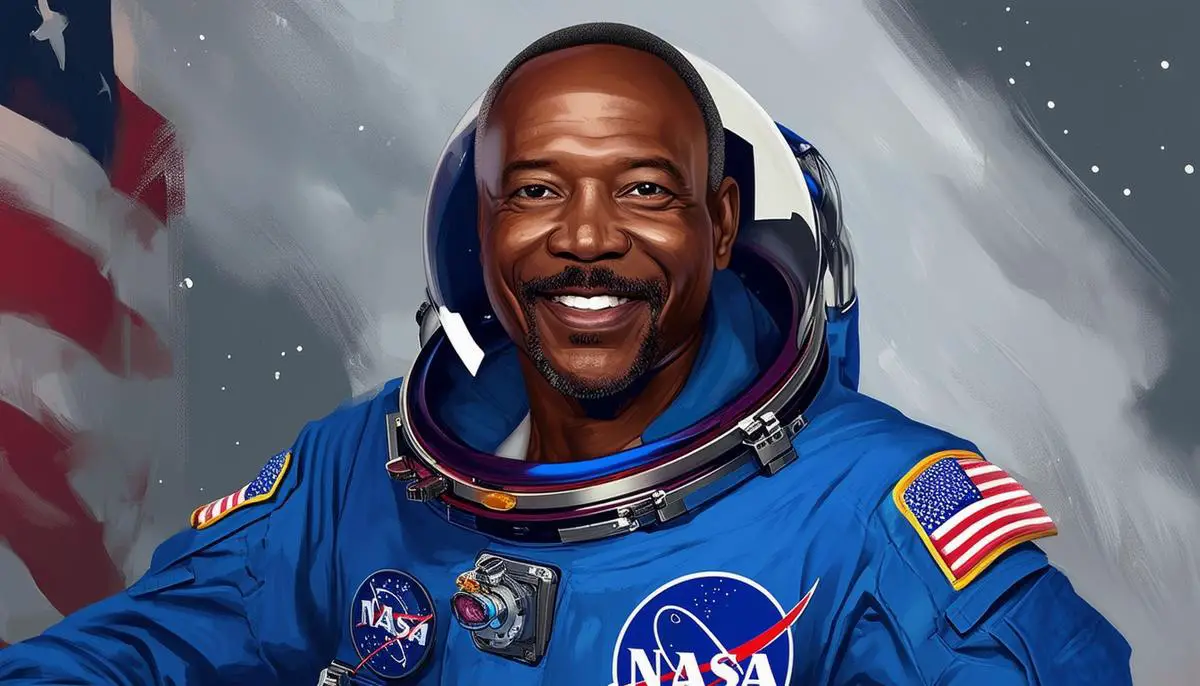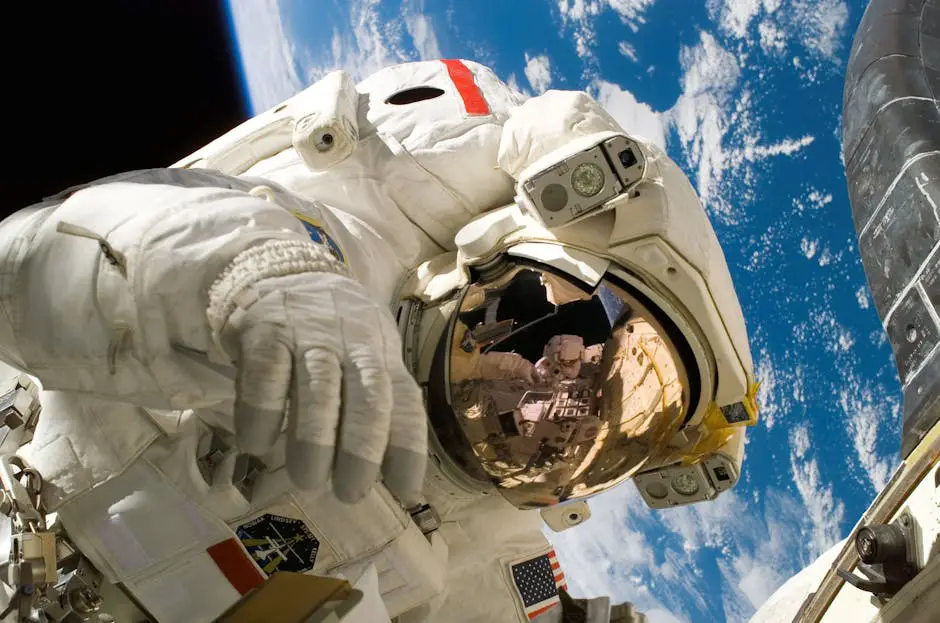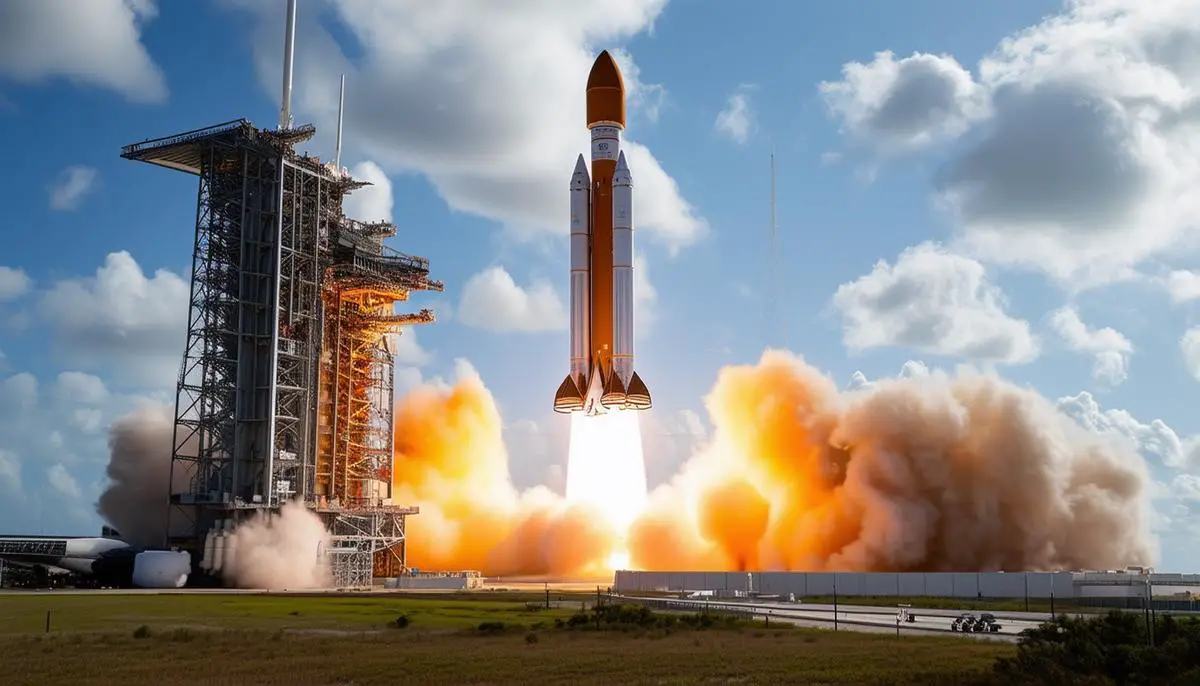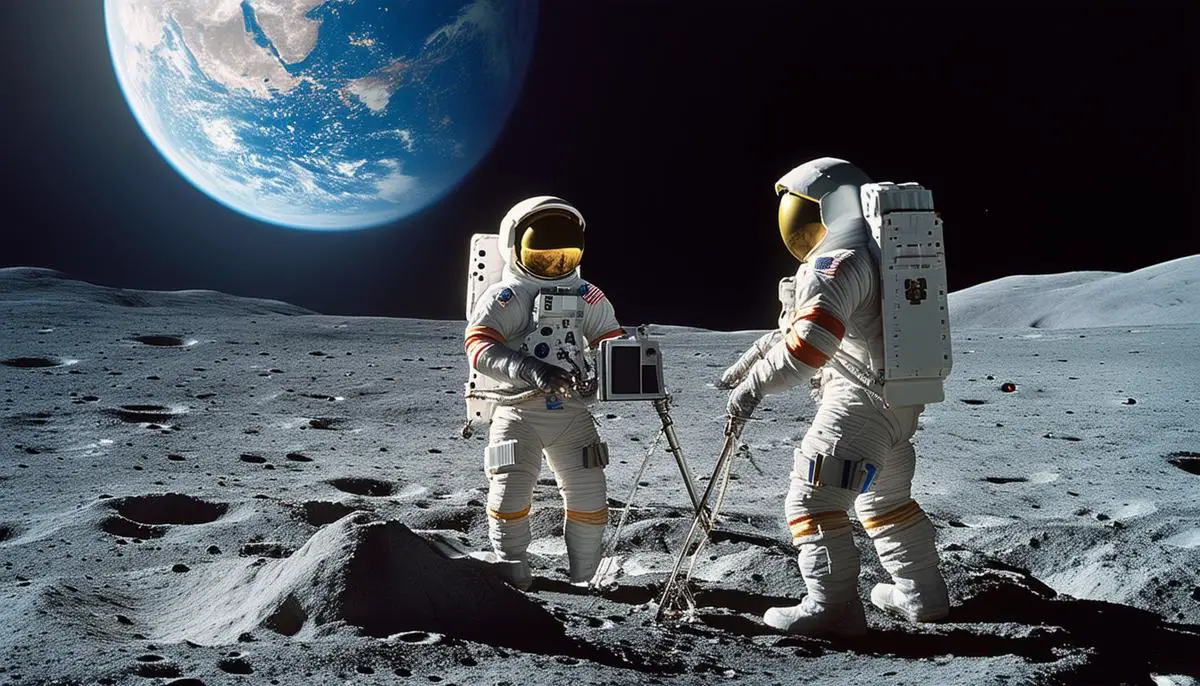Contents
Commander Reid Wiseman
Reid Wiseman, hailing from Baltimore, Maryland, graduated from Rensselaer Polytechnic Institute with a bachelor's degree in engineering and earned a master's from Johns Hopkins University. Designated a Naval Aviator in 1999, Wiseman served two deployments in the Middle East, showcasing his skill as a fighter pilot during his second stint in 2003.
Selected by NASA in 2009, Wiseman completed astronaut training in 2011. In May 2014, he embarked on a 165-day mission aboard the International Space Station (ISS) as part of Expeditions 40 and 41, logging nearly 13 hours of spacewalking.
From December 2020 to November 2022, Wiseman served as Chief of NASA's Astronaut Office, shaping future missions and training astronauts. Now, as commander of Artemis II, he will lead humanity's return to lunar regions after more than 50 years. Wiseman sees the mission as a global collaboration, paving the way for exploring Mars and beyond.
Artemis II aims to conduct life-support system checks and validate capabilities crucial for long-term deep space missions, setting the stage for subsequent Artemis missions, including landing the first woman and person of color on the moon. Wiseman's technical expertise and steadfast leadership reflect his vision for the future of space exploration, symbolizing the relentless human spirit to explore the cosmos.

Pilot Victor Glover
Victor Glover, from Pomona, California, earned a bachelor's degree in engineering from California Polytechnic State University and three master's degrees in engineering management, aviation systems, and military operational art and science. As a U.S. Navy fighter pilot, he logged over 3,000 flight hours in more than 40 aircraft, performed 400 carrier-arrested landings, and completed 24 combat missions.
Selected for NASA's astronaut class in 2013, Glover served as pilot on the historic SpaceX Crew-1 mission in 2020, the first operational mission to the ISS by SpaceX. During the 168-day mission, he contributed to scientific investigations, technological demonstrations, and participated in four spacewalks.
As pilot of Artemis II, Glover will assist Commander Reid Wiseman in executing critical flight operations and ensuring crew safety. His technical acumen and practical experience make him invaluable to the mission's success. Glover sees Artemis II as a significant leap for humanity's journey towards Mars, emphasizing its broader implications for long-term space exploration.
Glover's participation in Artemis II is driven by a profound sense of duty towards advancing human knowledge and capability in space. His journey from a small town in California to the forefront of NASA's lunar missions embodies the aspirations and dreams of future explorers.

Mission Specialist Christina Hammock Koch
Christina Hammock Koch, raised in Jacksonville, North Carolina, earned her bachelor's and master's degrees in engineering from North Carolina State University. Her career involved roles as an electrical engineer at NASA's Goddard Space Flight Center and the Johns Hopkins University Applied Physics Laboratory, contributing to the development of science instruments for missions like the Juno Jupiter orbiter and the Van Allen Probes.
Koch's scientific field work in Antarctica, Greenland, and northern Alaska honed her resilience, problem-solving skills, and ability to work in extreme conditions. Selected by NASA in 2013, she completed astronaut training in 2015.
In 2019, Koch embarked on a historic 328-day mission to the ISS, the longest single spaceflight by a woman. She participated in the first all-female spacewalk with astronaut Jessica Meir, underscoring progress in gender inclusivity within space exploration.
As a mission specialist for Artemis II, Koch's experience will be crucial in validating spacecraft systems and ensuring mission success. Her scientific acumen and technical skills will aid in handling deep space challenges, laying the groundwork for future lunar and Mars missions.
Koch envisions Artemis II as a catalyst for global inspiration and scientific advancement, engaging the public and fostering enthusiasm for space exploration. Her contributions to scientific research and space exploration stand as a testament to the relentless pursuit of knowledge driving humanity into the cosmos.

Mission Specialist Jeremy Hansen
Jeremy Hansen, born and raised in London, Ontario, earned his bachelor's degree in honors space science and a master's in physics from the Royal Military College of Canada. He served as a fighter pilot in the Royal Canadian Air Force from 2004 to 2009, showcasing his ability to excel under pressure and adapt to new challenges.
Selected by the Canadian Space Agency in 2009, Hansen completed astronaut training in 2011. He participated in the European Space Agency's Cave Exploration program and NASA's underwater NEEMO missions, gaining hands-on experience simulating space conditions.
As a mission specialist on Artemis II, Hansen becomes the first Canadian astronaut to participate in a lunar mission, exemplifying the collaborative spirit of the Artemis program. His responsibilities will include:
- System checks
- Scientific operations
- Supporting the command structure led by Commander Reid Wiseman
Hansen's participation underscores Canada's growing influence and contribution to the global space community, with the Canadarm3 robotic arm being an integral part of the Gateway Lunar Station. His selection is a testament to the collaborative efforts and technological advancements spearheaded by Canadian ingenuity.
Hansen's journey embodies dedication, perseverance, and excellence, serving as an inspiration for future generations of Canadian scientists, engineers, and explorers. His work will pave the way for more Canadians to contribute to and participate in humanity's adventures beyond Earth.
Artemis II Mission Overview
The Artemis II mission is a crucial step in NASA's plans to return humans to the moon and expand into deep space. Scheduled for a 2024 launch, it will be the first crewed flight in the Artemis program, testing spacecraft and technologies for future lunar exploration and missions to Mars.
Key objectives include:
- Using the Space Launch System (SLS) heavy-lift rocket and Orion spacecraft to enter Earth orbit
- Conducting systems checks and performing a translunar injection maneuver
- Experiencing a four-day outbound trip, evaluating Orion's life-support and other systems while following a unique trajectory around the far side of the moon
Artemis II is a precursor to Artemis III, which aims to land the first woman and the first person of color near the moon's South Pole. It will verify the capabilities and safety of the SLS and Orion under deep-space conditions.
The mission will also test Orion's heat shield performance during high-speed, high-temperature reentry into Earth's atmosphere before splashing down in the Pacific Ocean.
Artemis II embodies international and commercial partnerships, with the Canadian Space Agency's Jeremy Hansen participating and future contributions from companies like SpaceX.
The long-term vision of the Artemis program is to establish a sustainable human presence on the moon, foster scientific discovery, and lay the groundwork for future exploration, including sending astronauts to Mars. By learning to live and work on another celestial body, NASA and its partners will develop the technologies and skills necessary for deep space exploration.

Future Implications of Artemis Missions
The Artemis missions represent a new era in human exploration, aiming to establish a sustainable presence on the Moon and enable missions to Mars. This ambitious program relies on technological advancements, international collaborations, and scientific discoveries.
The development of the Space Launch System (SLS) and Orion spacecraft is a significant technological advancement. The SLS, NASA's most powerful rocket, is designed to carry heavy payloads and astronauts beyond Earth's orbit, while Orion incorporates advanced life-support systems and radiation shielding for long-duration missions.1
Sustainability is a key focus of the Artemis program, exemplified by the construction of the Gateway lunar space station. Serving as a staging point for lunar surface missions, Gateway will be crucial for long-term human presence on the Moon and preparing for Mars missions.
International collaboration, as outlined in the Artemis Accords, emphasizes peaceful exploration, transparency, and mutual aid among participating countries.2 Commercial partnerships, such as SpaceX's involvement in developing the human landing system for Artemis III, accelerate innovation and reduce costs.
Scientific discoveries from Artemis missions promise transformative insights. Exploring the moon's South Pole may uncover valuable resources like water ice, which can be used for drinking, breathable air, and rocket fuel. The samples and data gathered will enhance our understanding of the Moon's geology and the early solar system's formation.
Artemis aims to develop technologies for surviving and working on extraterrestrial surfaces, such as:
- Advanced spacesuits
- In-situ resource utilization (ISRU) techniques
These technologies are directly applicable to future Mars missions.
Ultimately, Artemis missions inspire the next generation of explorers, uniting humanity in a shared goal and fueling innovation. Each mission builds upon the last, shaping a sustainable blueprint for extended human presence beyond Earth and bringing us closer to the goal of human missions to Mars.

Artemis II represents a crucial milestone in our quest to explore the cosmos, paving the way for sustainable lunar missions and future journeys to Mars. The dedication and expertise of the Artemis II crew inspire us to look beyond our planet and envision a future where space exploration becomes a part of our everyday reality.